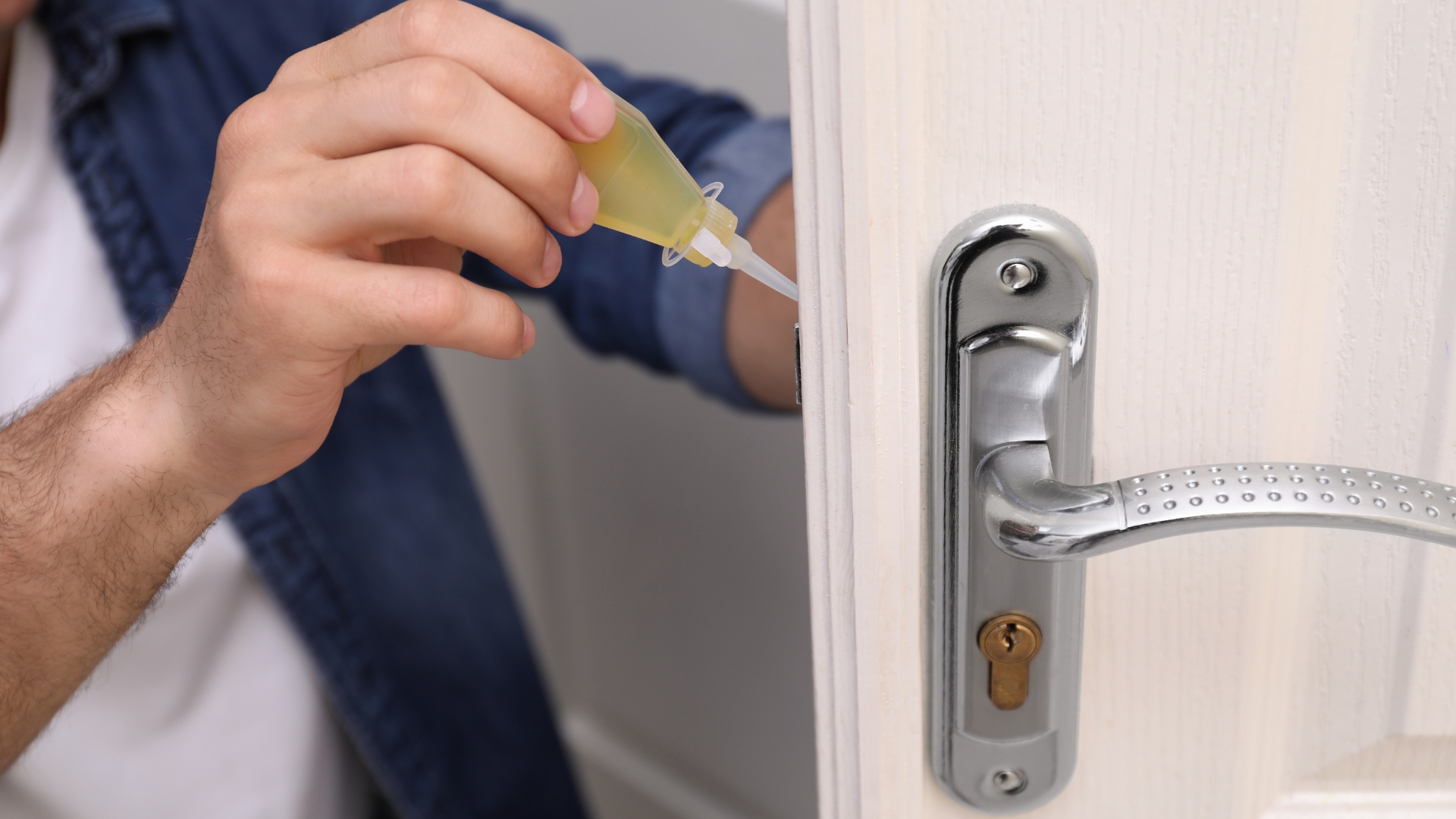Smart security solutions are rapidly reshaping residential and commercial protection standards. As more property owners upgrade to smart locks, keypad entry systems, and fully digital security platforms, professional locksmiths play an essential role in installation, troubleshooting, and long-term maintenance. Today’s locksmiths are no longer limited to traditional metal keys—they operate as advanced technicians capable of integrating mechanical and digital technologies to deliver reliable, secure access control.
This comprehensive guide explores how locksmiths handle smart locks, keypads, and digital authentication systems, highlighting the processes, skills, tools, and technology required to ensure seamless performance.
Understanding the Evolution of Modern Lock Technology
Mechanical to Digital: A Complete Shift in Security Needs
The security industry has shifted dramatically from traditional pin-and-tumbler mechanisms to Bluetooth-enabled, Wi-Fi-connected, and biometric-powered security devices. This transition demands locksmiths stay current with:
-
Digital encryption protocols
-
Wireless communication systems
-
Battery and power-handling mechanisms
-
Smart home ecosystem integrations (Alexa, Google, Apple HomeKit)
-
Cloud-based access control platforms
The role of a locksmith now merges mechanical expertise with technical proficiency—an essential combination for installing and supporting digital systems that protect homes, offices, and high-security facilities.
How Locksmiths Install Smart Lock Systems
Evaluating Compatibility & Door Structure
Before installation, locksmiths assess:
-
Door material (wood, metal, composite)
-
Existing lock type (deadbolt, mortise, euro cylinder)
-
Power supply access
-
Smart lock dimensions vs. door alignment
-
Wi-Fi/Bluetooth signal strength
This ensures the selected smart lock fits seamlessly and performs reliably.
Professional Mounting & Calibration
Locksmiths then proceed with precise mounting using specialized tools:
-
Digital torque screwdrivers
-
Door alignment gauges
-
Smart lock calibration software
Once mounted, the lock must be calibrated to ensure:
-
Correct bolt extension
-
Smooth motor operation
-
Secure digital authentication
Calibration allows the lock to respond instantly to commands from mobile apps, keypads, or cloud platforms.
How Locksmiths Program Keypad Entry Systems
Custom Code Creation & Secure Configuration
Keypad systems require secure programming to prevent unauthorized access. Locksmiths configure:
-
Master codes
-
User-specific codes
-
Temporary guest codes
-
Time-restricted access schedules
Advanced setups allow users to view entry logs and receive alerts through mobile apps.
Hardwiring vs. Battery-Powered Keypads
Depending on the client’s setup, locksmiths determine whether the keypad should be:
-
Hardwired into the building’s electrical system
-
Battery-operated with emergency power backups
Both options require professional configuration to ensure uninterrupted functionality.
Handling Biometric and Digital Authentication Systems
Fingerprint & Facial Recognition Setup
Digital locksmiths work with biometric devices by:
-
Scanning and enrolling fingerprints
-
Configuring facial recognition profiles
-
Testing recognition accuracy in different lighting conditions
They also ensure the latest firmware updates are installed to prevent exploits and improve accuracy.
Cloud-Based Access Control Management
Modern commercial clients rely heavily on cloud access systems. Locksmith responsibilities include:
-
Building user databases
-
Granting or revoking access remotely
-
Setting real-time monitoring and entry logs
-
Integrating with security cameras and alarm systems
This creates a fully connected and highly responsive access environment.
Troubleshooting Common Smart Lock Issues
Connectivity Failures
Locksmiths diagnose Wi-Fi or Bluetooth drops by checking:
-
Router range
-
Device interference
-
Firmware updates
-
Signal obstructions
They may reposition routers, install Wi-Fi extenders, or switch to low-power Bluetooth configurations.
Battery & Power Problems
Smart locks often experience performance issues due to weak batteries. Locksmiths test:
-
Voltage output
-
Battery health
-
Backup power integration
They also offer long-term service plans to replace batteries at regular intervals.
Mechanical Misalignment
Even digital locks depend on the physical door structure. Locksmiths realign:
-
Strike plates
-
Deadbolts
-
Latch assemblies
-
Weather stripping
This prevents motor strain and ensures the lock performs smoothly.
How Locksmiths Integrate Smart Locks With Home Automation Systems
Connecting to Smart Home Hubs
Locksmiths secure integration with:
-
Amazon Alexa
-
Google Home
-
Apple HomeKit
-
Z-Wave & Zigbee hubs
This allows users to control locks with voice commands, automation routines, and remote access.
Setting Up Advanced Automations
Common automations include:
-
Auto-locking at a set time
-
Unlocking when a paired phone approaches
-
Locking when the alarm system activates
-
Sending notifications when doors are accessed
Such integrations require professional technical knowledge to ensure seamless, secure operation.
Cybersecurity Measures Locksmiths Implement
Encryption & Access Protection
Digital locksmiths configure systems using:
-
End-to-end encrypted communication
-
Two-factor authentication
-
Secure user management protocols
This prevents unauthorized access or hacking attempts.
Firmware Updates & Patch Management
Locksmiths ensure devices run the latest firmware to patch vulnerabilities and improve performance. They also educate clients on:
-
Password hygiene
-
Access code rotation
-
Avoiding insecure Wi-Fi networks
This enhances long-term digital safety.
Why Professional Locksmiths Are Essential for Smart Security
Avoiding Incorrect DIY Installations
Improper installations can cause:
-
System malfunctions
-
Motor failures
-
Lockouts
-
Security breaches
Professional locksmiths prevent these risks with expert-level precision.
Ensuring Warranty Compliance
Many smart lock manufacturers require certified installation for warranty validation. This makes professional services essential for protecting long-term investment.
Access to Advanced Tools & Software
Locksmiths use professional-grade equipment for:
-
Device diagnostics
-
Calibration
-
Secure programming
-
Firmware updates
These tools ensure the system performs at peak efficiency.
Future Trends in Smart Lock Technology
AI-Powered Access Systems
Predictive entry monitoring and anomaly detection will enhance security through machine learning.
Blockchain-Based Access Records
Tamper-proof access logs will improve commercial and government security.
Fully Keyless Homes & Offices
Digital ecosystems will shift properties toward 100% keyless operation—requiring advanced locksmith expertise for setup and maintenance.
Conclusion
Smart locks, keypad systems, and digital authentication devices represent the future of secure access control. As these technologies advance, locksmiths continue to evolve into highly skilled digital technicians who integrate, program, troubleshoot, and maintain security systems with precision and reliability.
Professional locksmiths ensure every component—mechanical and digital—works together flawlessly to deliver uncompromising safety for homes, businesses, and institutions.
